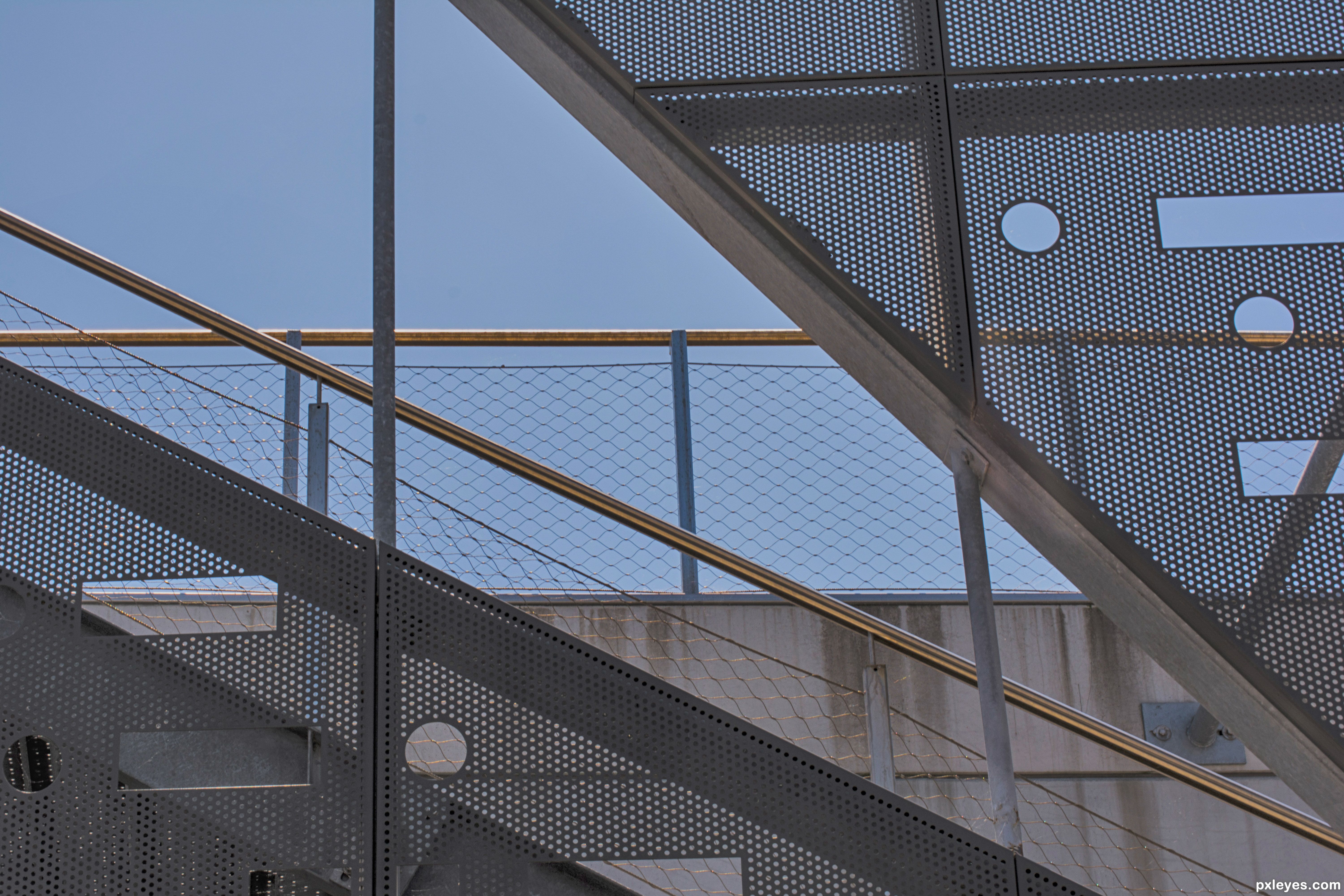

The more lines, the greater the tension – remember that. If you stare at it a while longer, you’ll notice the tension built up by the multitude of diagonal lines converging at an approximate point. The more diagonals involved, the greater the effect. The compression from using a longer focal length will make those lines appear vertical or horizontal again.ĭiagonal lines don’t appear as often on manmade objects as we tend not to use them in construction.Īs a result, using them in photography helps add contrast and dynamic tension to a photo where you wouldn’t ordinarily see it. If you want to avoid this effect altogether, take the photo from farther away using a telephoto lens. The slightest change in viewing angle can make a vertical look diagonal, shown in the photo below. This small, easy technique has made my photo a lot more interesting.Ī typical issue with viewpoint is that it changes the way we see a vertical or horizontal line. I chose that particular viewpoint because I wanted the rocks available in the foreground to create another, less obvious diagonal line.Īnother great way to add depth with a diagonal line is to include a path in your photo, as shown in the photo below. Had I taken the photo above from farther away, the image would appear deeper. This can be increased or decreased by the amount of the diagonal line you choose to include. This is especially useful if you’re trying to draw the viewer’s attention to a particular feature.Ī similar technique is also implemented in the photo below.ĭiagonal lines created by a viewpoint have a diminishing effect and create a sense of depth. You’ll see that the diagonal line in the background draws your attention up the photo, towards the head. Have a look at this photo below of a model sitting on rocks on a beach. Tension is created by intersecting a diagonal line, which makes the eye focus towards this point. Diagonal lines are extremely effective at doing this. There’s no way to take a photo of this roof without having diagonal lines in a photo.Īnd below is a set of diagonal lines that were created by the viewpoint of the camera.ĭiagonal lines can be used by photographers to lead the eye to a point in the image.

Next is a photo of the diagonal lines used in a building. Because I decided to shoot from the side, it became diagonal. It would have been relatively straight shot face on.

The difficult part is using them creatively to add to your composition. It’s easy to spot diagonal lines just looking around.

The latter is the one you’ll be most familiar with, so much so that you don’t even see it any more.


 0 kommentar(er)
0 kommentar(er)
